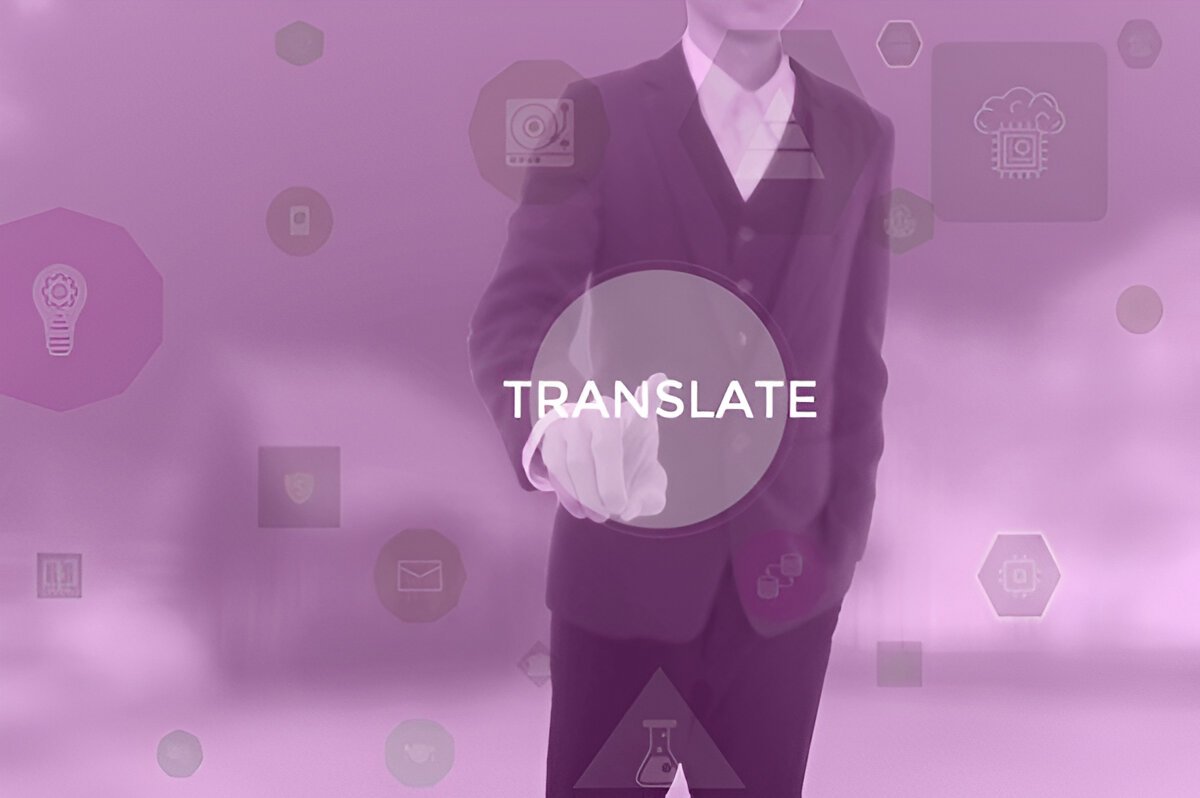
Why Human Translators Are Still Essential in the Age of AI
In an age where technology continues to advance at a rapid pace, the translation industry is no exception. Artificial Intelligence (AI) has transformed the way we approach translation, leading to the emergence of various tools that can quickly convert text from one language to another. Despite these advancements, the importance of human translators cannot be overstated. While AI translation offers speed and efficiency, it lacks the nuances, cultural understanding, and personal touch that only professional human translators can provide.
Understanding Human vs AI Translation
The debate of human vs AI translation often revolves around effectiveness and accuracy. AI translation tools like Google Translate rely on algorithms and vast databases to provide translations. These tools can process large amounts of text in seconds; however, they often overlook context and nuances that are critical in effective communication.
Human translators, on the other hand, embody linguistic expertise and cultural knowledge. They consider multiple factors—including idiomatic expressions, tone, and context—ensuring that translations are not just word-for-word conversions but adequately convey the original message’s intent and emotion. For instance, translating humor or cultural references requires a deep understanding of both the source and target cultures, which AI struggles to achieve.
The Benefits of Human Translation
Cultural Nuance and Sensitivity:
- One of the most significant advantages of human translation is the ability to understand cultural nuances. Professional translators are trained to consider social norms, regional dialects, and local customs—all of which can affect how a message is received. For example, a direct translation of a marketing slogan might be inaccurate or even offensive in another culture. Human translators, such as those at Bombina Global, ensure that translations resonate with the target audience by adapting content appropriately.
Emotional and Emotional Impact:
- Language is a carrier of emotion, and conveying that emotion across languages isn’t something AI can handle effectively. Professional human translators bring artistry to their work. They ensure that the tone, style, and emotional undertones are maintained, creating an engaging and relatable final product. This is particularly important in areas like literature, advertising, and branding, where emotional connection can significantly impact viewer engagement.
Quality and Accuracy:
- While AI can produce translations quickly, the accuracy and quality of human translations are generally superior. Human translators undergo extensive training and often have years of experience in their language combinations. Their attention to detail helps them catch nuances and errors that AI tools might miss, leading to more polished and contextually appropriate translations.
Specialization:
- Many professional translators specialize in specific fields, such as legal, medical, or technical translation. This specialization is crucial for accurately translating complex terminology and concepts. A human translator familiar with industry jargon can provide precise translations that an AI tool, trained on general language only, might misinterpret. Bombina Global employs specialized translators to meet the demands of varied industries, ensuring high-quality translations tailored to client needs.
Contextual Understanding:
- Context matters immensely in translation. AI often lacks the ability to analyze a full text in its entirety, leading to errors, especially in longer documents where context is crucial. Human translators are adept at integrating context into their translations, understanding the subtleties of language that require human judgment and analytical thinking.
Revisions and Personal Touch:
- A critical aspect of professional translation is the revision process. Human translators are not only skilled in translating but are also proficient in editing and providing feedback. They can make necessary adjustments based on client preferences and ensure that the final product meets expectations. This iterative process allows for a more personalized approach, which AI translation lacks.
The Role of Professional Language Services
Given the limitations of AI, the role of professional language services becomes increasingly relevant. Companies like Bombina Global provide a comprehensive suite of language solutions, from translation and localization to interpretation and subtitling. By leveraging the skills of human translators, Bombina Global ensures that clients receive top-notch service that not only meets linguistic requirements but also aligns with cultural and emotional expectations.
Looking Forward: Collaboration between Humans and AI
The future of translation does not have to be an “either-or” scenario between human and AI. Instead, combining human expertise with AI efficiency could lead to optimal results. AI can enhance human translators’ workflow by handling repetitive tasks, allowing them to focus on more complex translations that require creativity and depth.
Professional translators can use AI tools to streamline their processes, utilizing technology for speed while maintaining the critical human touch that transforms translation into an art form. By harnessing the best of both worlds, businesses and content creators can achieve high-quality, efficient, and culturally relevant translations.
The Path Forward for Businesses
To thrive in today’s multilingual marketplace, businesses must recognize the unique strengths of human translators. Investing in professional translation services not only enhances engagement but also builds credibility and trust among international clients. As they pursue globalization strategies, organizations should prioritize high-quality human translations to avoid potential misunderstandings that could arise from relying solely on AI.
Moreover, as customers increasingly expect personalized experiences, companies that are willing to invest in culturally nuanced, professionally translated content will distinguish themselves in competitive landscapes. A thoughtful, human-centered approach to translation can significantly enhance brand reputation and customer satisfaction.
Final Thoughts
In summary, the conversation around human vs AI translation emphasizes that while AI tools have their place, they are not a replacement for human expertise. The intricate art of translation demands not only linguistic proficiency but also an understanding of culture, emotion, and context—elements that are uniquely human.
As we advance into a more interconnected world, the enduring relevance of human translators is clear. They play a crucial role in bridging communication gaps, fostering understanding, and creating connections that transcend linguistic barriers. By partnering with professional language services like Bombina Global, businesses can ensure that their messages are not just heard but truly understood, leading to meaningful engagement with audiences worldwide.
Ultimately, integrating human translators into the translation process enhances the quality of output and reinforces the emotional connections crucial for successful communication in an increasingly globalized market. The future of translation lies in the collaboration between advanced technology and skilled human professionals, ensuring that no message is ever lost in translation.

